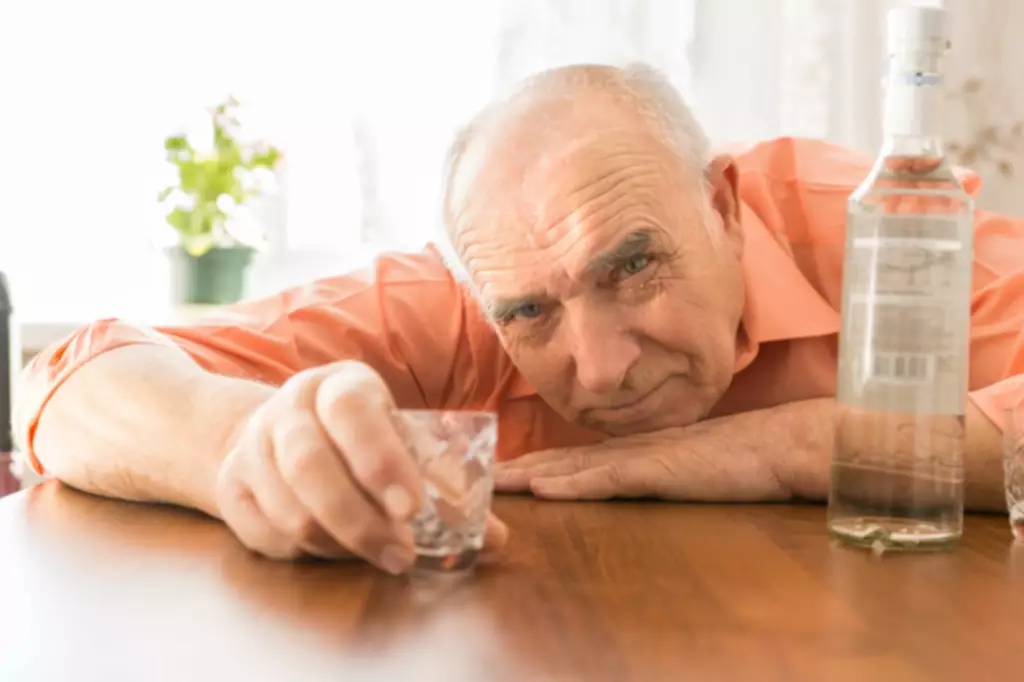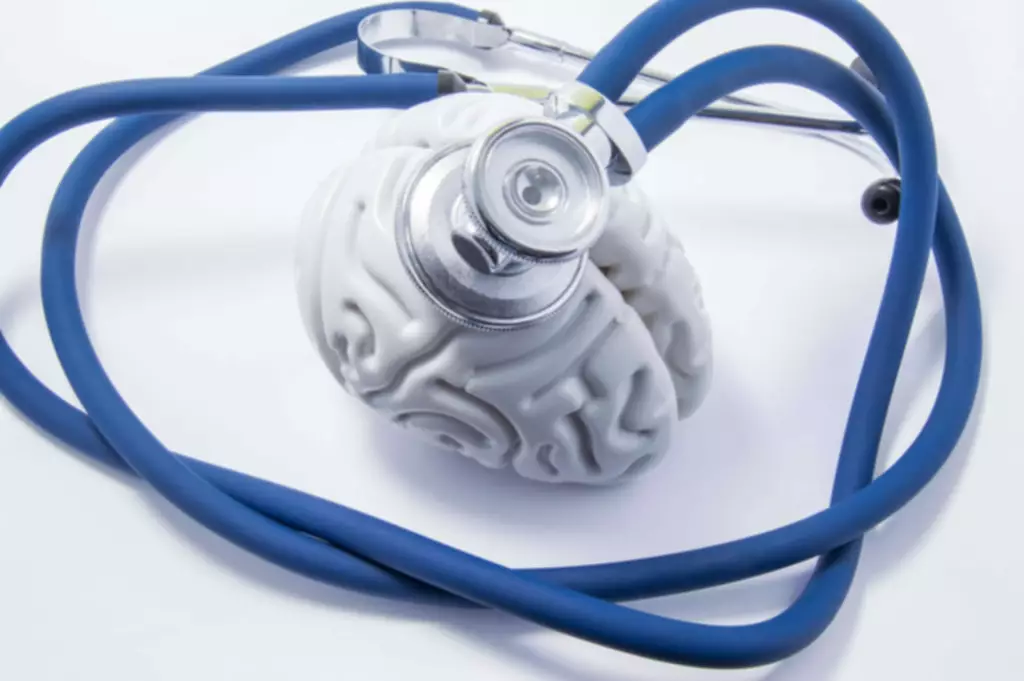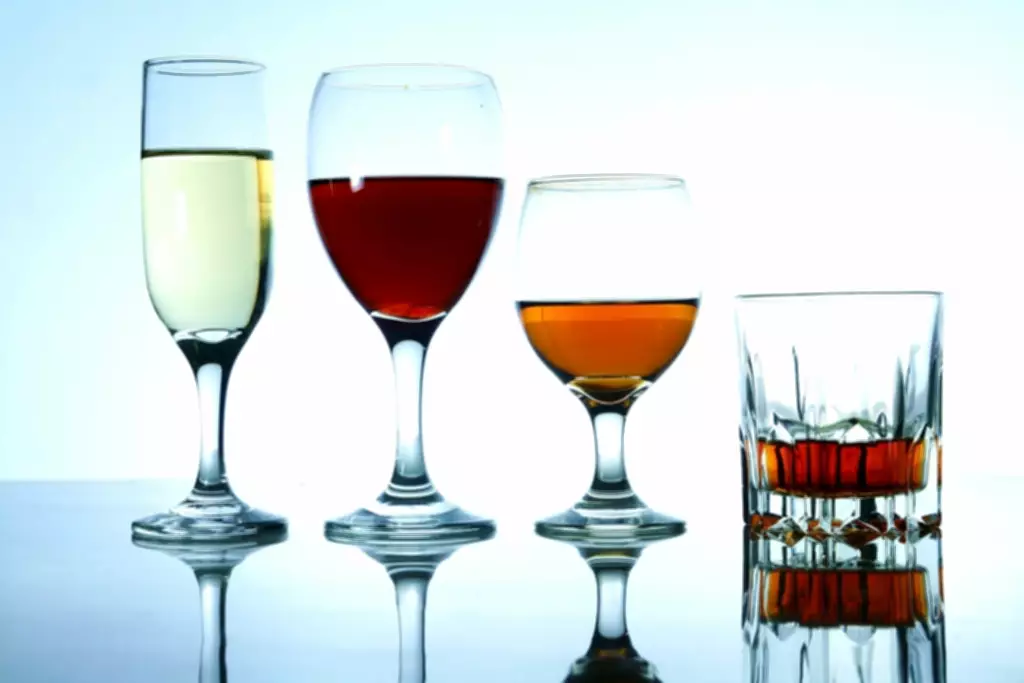
In general, it is mostly incorrect to say rhinophyma is caused by alcoholism or alcohol dependency. There are people who develop rhinophyma who do NOT drink—or drink very minimal amounts. In some cases, the association of rhinophyma with alcoholism can make people embarrassed to seek treatment for their skin condition for fear of being labeled as an alcoholic. You should be very cautious in assuming that anyone with an enlarged nose or redder nose has an alcohol use disorder. However, there is some very slight truth to the idea that alcohol may contribute to the development of rhinophyma or aggravate the symptoms of the skin condition.

Surgical treatments
Some alcohol abusers suffering from jaundice will also experience darkening of the skin around the eyes, mouth, and legs. Azelaic acid, found in Azelex, and tretinoin, found in Retin-A, are topical medications that help manage inflammation and redness. While people from these backgrounds and exposures are more likely to develop an alcoholic nose, not everyone who fits the bill will necessarily be prone to it. Doctors actually take purplish nose as an indication of lower than normal oxygen levels in the person’s blood stream.
Is It the same as Whiskey Nose, Drinkers Nose, and Beer Nose?

Furthermore, you deserve the time and commitment you will invest in your future self. However, it is very important to note that rosacea and rhinophyma can be agitated alcoholism symptoms by things other than alcohol. Stress, sleeplessness, dehydration, depression, improper diet, dry skin, and many other factors can agitate rosacea and rhinophyma.
Why Have People Associated Rhinophyma With Alcohol Abuse?
These symptoms can be treated with antibiotics such alcoholic nose as tetracycline, metronidazole, and erythromycin. While it may not be clear what causes rhinophyma, there are a number of triggers that can cause a flare-up of rhinophyma to occur. We do not offer specific health advice, nor are we a remote clinical advice service (RCA).
Those conditions include attention-deficit hyperactivity disorder, post-traumatic stress disorder, and depressive disorder among others. The stigma also has a detrimental effect on a person’s mental health. The self-stigma comes about when people think that they’ve let others down and experience mental harm through a combination of shame and embarrassment. Their self-esteem plummets, and they are at risk for conditions such as depressive disorder.
Experience Care with Elite Home Detox
In some very severe cases, the nose can take on a purple-like hue and suffer from severe disfigurement as it grows more bulbous. As mentioned previously, the best way to prevent rosacea flare-ups caused by alcohol consumption is to stop drinking alcohol. At Springbrook Behavioral Hospital, you can find the support you need to stop drinking for good. Rosacea often happens in flare-ups that can last weeks or months before your skin calms down and the symptoms disappear. Rosacea is frequently misdiagnosed as acne or other similar skin conditions. It can affect anyone but is most common among middle-aged women with lighter complexions.
- An alcoholic nose, also known as Rhinophyma, has spider veins on the nose, possibly aided by and or worsened by heavy alcohol consumption.
- However, if somebody has rhinophyma or rosacea and drinks heavily, their symptoms will be agitated.
- If you already have rosacea or rhinophyma, drinking can worsen these conditions and affect the nose’s appearance.
- Purple nose is an issue where your nose’s color is starkly different to the rest of your face.
Alcohol abuse and addiction also come with countless side effects that may harm the body. It is impossible to completely reverse an alcohol nose at such a stage with just medication. As the alcohol red nose condition is assumed to be an effect of drinking excessively, it comes with a lot of negative stigmas. This is why someone with an alcoholic nose is usually shunned for it in society.
Link Between Suicidal Ideation and Addiction
- While it’s true that chronic alcohol abuse can lead to many health problems, there is no definitive evidence that drinking alcohol causes the so-called alcoholic nose.
- Alcohol nose is one of the most recognizable symptoms of excessive drinking.
- However, the two dominant causes of alcohol red nose are majorly connected to ethnicity and heritage.
- Outpatient offers medical services and monitoring on a scheduled basis.
- Treatment for an alcoholic nose condition includes reducing alcohol consumption, regular exercise, and increasing your intake of fresh fruits and vegetables.
- However, not everybody will experience a red face when drinking, and not everybody that does is an alcoholic.
It’s critical to keep in mind that there is no miracle cure for addiction. However, these lifestyle changes are ineffective in reducing swelling or the appearance of red bumps on a person’s nose due to rhinophyma. In the end, we have discovered that an alcohol use disorder is not necessarily responsible for rhinophyma. Similarly, this removes the stereotype that everyone who suffers from rhinophyma is an alcoholic. Of course, there are many snap judgments that people make when they see the physical effects of rhinophyma in person, especially in extreme cases. If untreated, rhinophyma can create additional medical issues, like respiratory problems making breathing challenging.
Side Effects Of Alcohol Abuse In People With Rhinophyma

While it is true that alcohol can exacerbate the symptoms of rosacea and/or rhinophyma, it doesn’t mean that rosacea is caused just by heavy drinking. However, so can spicy foods, hot beverages like coffee or tea, stress, or even just the sun, particularly if you’re exercising. Although alcohol use does not cause rhinophyma or rosacea, it can aggravate the condition. As many as two out of three patients with rosacea experience flare-ups when they consume alcohol. Alcohol aggravates symptoms of rosacea because drinking enlarges the body’s blood vessels.
But a 2015 study from the University of South Florida Morsani College of Medicine proved that there is no connection between alcohol abuse and rhinophyma or rosacea. This is a very common skin condition that tends to emerge for weeks or months at a time. Though the causes of rhinophyma are unknown, it’s thought to be a severe form of a skin disease called rosacea. While alcohol is not the cause of rhinophyma or rosacea, alcohol can have an impact on both.
Comentários